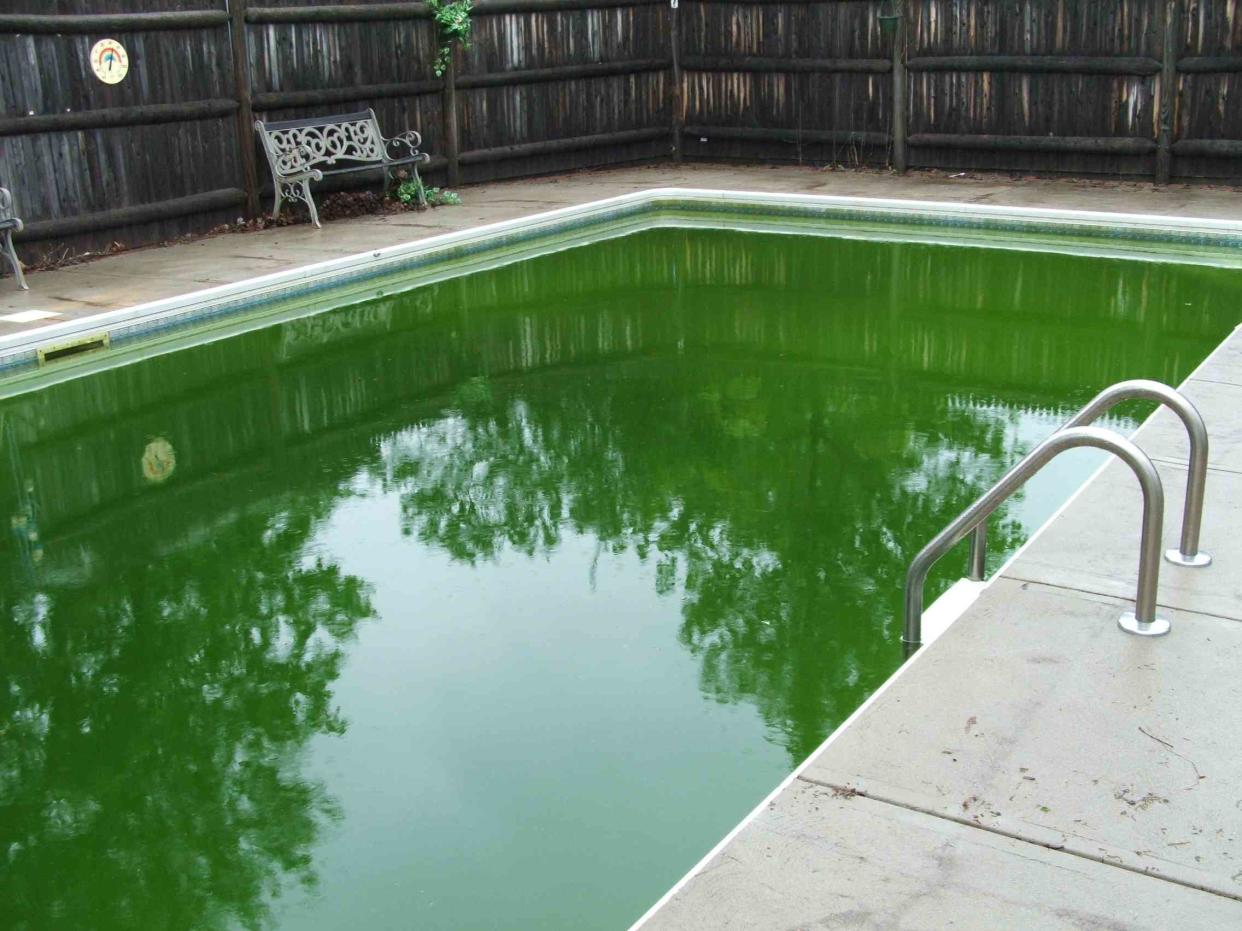Why Is My Pool Still Green Even Though Chlorine Is High? 3 Reasons

One of the most common scenarios for any pool owner is that, eventually, the pool will turn green. Usually, this can be remedied by simply testing the water, adding more chlorine, and giving the pool time to filter. But what if that doesn’t work? Here are some other reasons why a pool would turn green even with the correct chlorine level and how to fix it.
Low Acidity
Low acidity can be a possible cause of a pool that turns green with chlorine in it. Algae and bacteria thrive in a low-acid world and would thrive enough to withstand the existing chlorine in the pool. Also, low acidity hampers chlorine's ability to function, meaning that you will have to add significantly more chlorine to the pool in order for it to do its job.
Chlorine-Resistant Bacteria or Algae
There are some forms of bacteria and algae known to pool technicians that are more resistant to chlorine than others—namely, mustard algae. These can pose a special challenge to the average pool owner because the usual tricks—such as increasing your chlorine level and backwashing your filter— won’t work. Determining whether your pool is still green because of a chemical imbalance or because of a form of chlorine-resistant bacteria or algae is extremely important for figuring out how to get rid of the green.
Other Chemical Imbalance
Think of the pool as its own ecosystem and in this ecosystem, you have different levels of different chemicals. When your chemicals are all at their proper level the chemicals can work in harmony to keep your pool clean and clear. Remember, if left to naturally exist without any chemical interference, your pool would look more like a lake—so the chemicals have a big job to do! If one or more chemicals are out of balance or something foreign—such as a big storm—is introduced to the pool and the chemicals are not adjusted, this can also turn your pool green.
How to Fix a Green Pool With High Chlorine
Test Chemical Levels. It is important to test all chemicals to help identify what could be causing the pool to remain green while the chlorine levels are high.
Adjust Chemicals if needed, if not, add algaecide. With the results from the first step, you will know if what your pool needs is as simple as adjusting some other chemicals (such as increasing alkalinity) or if an algaecide is needed (if all levels for all chemicals are correct).
Brush the pool. Brushing is an important step no matter the cause of the pool being green. This will ensure that anything left on the surface of the pool that is not normally disturbed by the movement of the water is released so that the filter can pick it up and remove it during the next backwashing.
Backwash your filter. Let the system run for two to three days, backwashing at least once a day. This is an often overlooked part of the process. It is very important to backwash your filter to keep it filtering at its optimal flow rate and to actually remove whatever is causing your pool to remain green from the pool itself.
Frequently Asked Questions
Will chlorine tablets fix a green pool?
If your chlorine is already high or at the proper level then adding more chlorine or shock won't do anything to help the pool. If your pool is still green with a high chlorine level, it's best to increase your filter runtime and add an algaecide. It is possible that you have chlorine-resistant algae and will have to be treated with something specific while increasing the filter runtime so that the filter can physically remove the algae and bacteria particles in the water to slow it down from multiplying.
How long does it take for a green pool to clear once it is shocked?
It should be no more than a few days until it clears provided that your filter system is left on the entire time. If your pool does take longer than a few days then retest the water to determine the proper course of action.
Read the original article on The Spruce.

